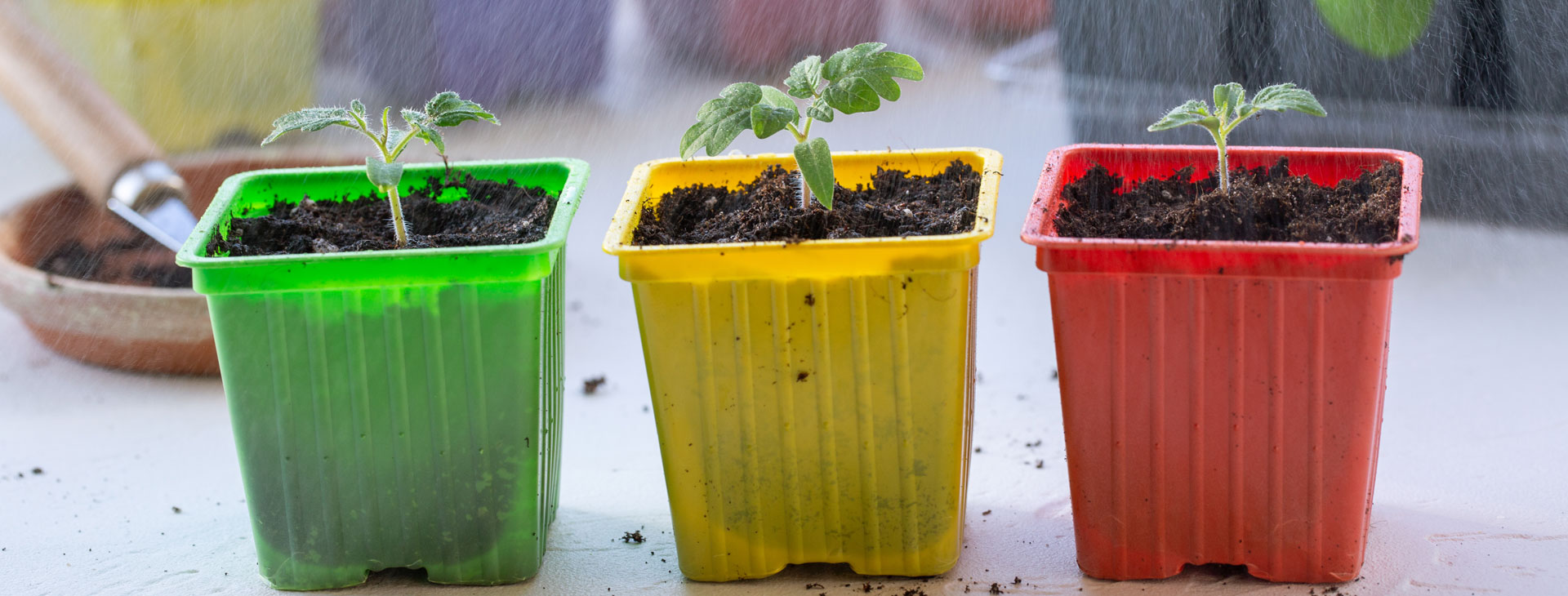
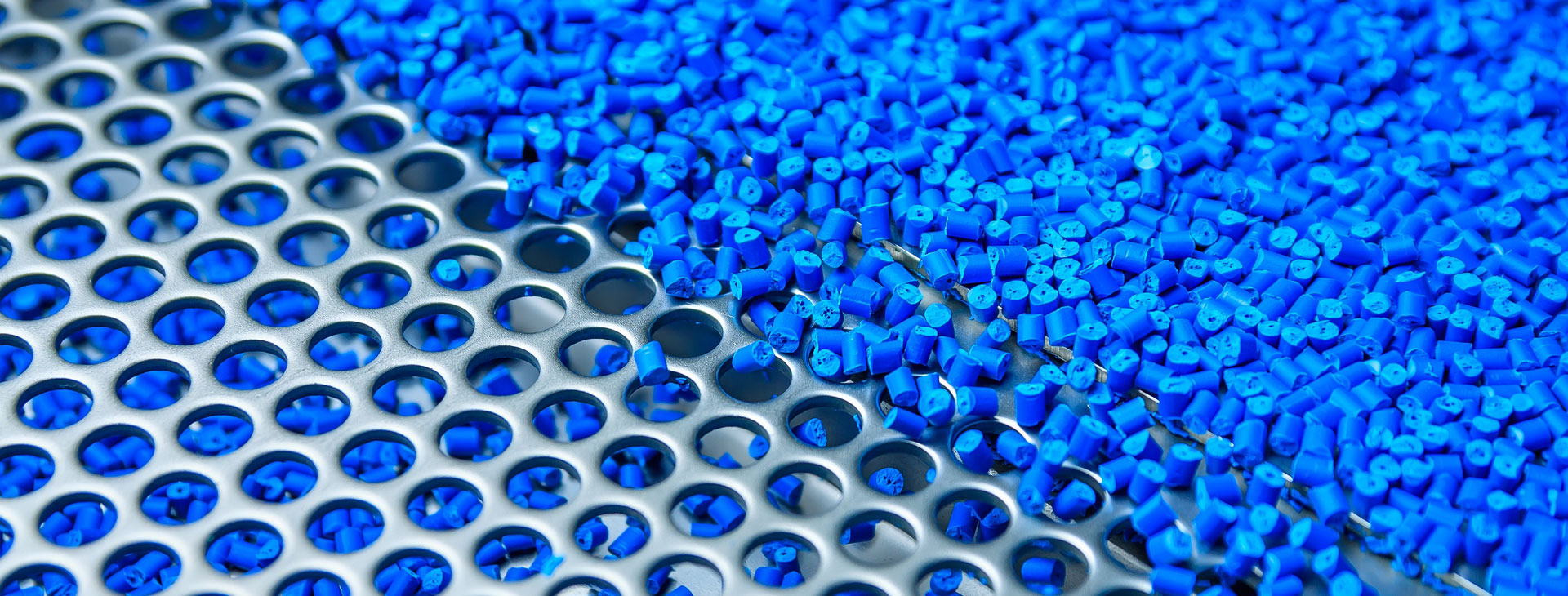
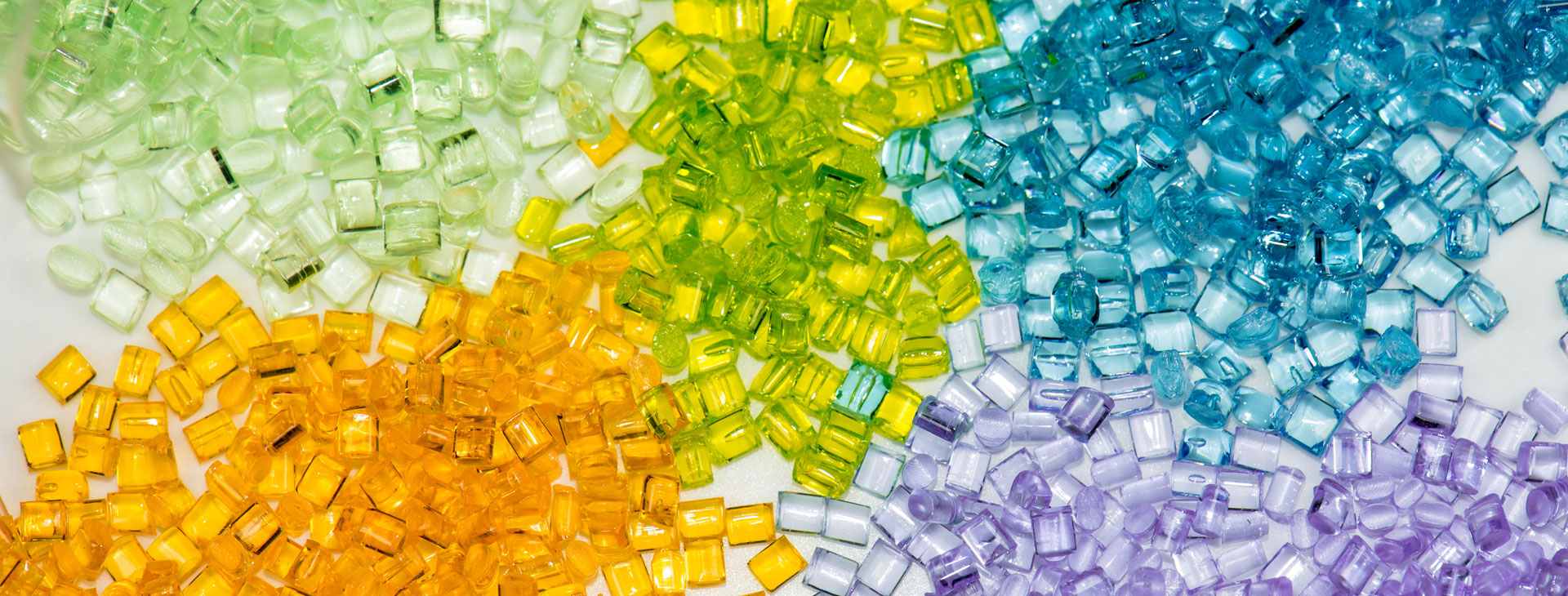
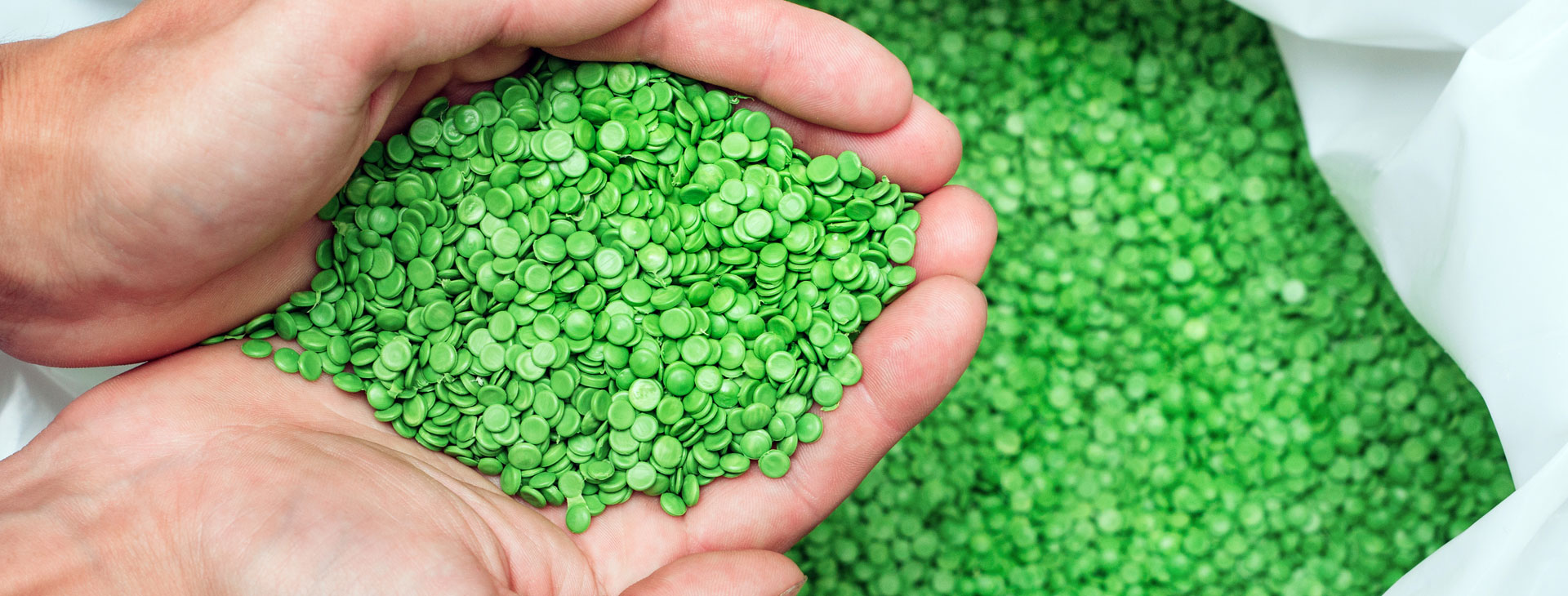

Phone: (914) 381-2400E-Mail: customerservice@marvalindustries.com
Are you wondering if color masterbatch is better than using raw pigment?
Although most people like the plastic parts and devices they use daily, they do not really think twice about how those products are made. Most of daily life utilizes some form of plastic, whether in the form of food packaging or medical devices. If the product looks good and works well, the consumer is happy. A manufacturer often uses color masterbatch and specialty compounding to achieve high satisfaction levels in these areas. This article will focus on the distinctions between raw pigments and masterbatch, and it will argue that color masterbatch is often the way to go.
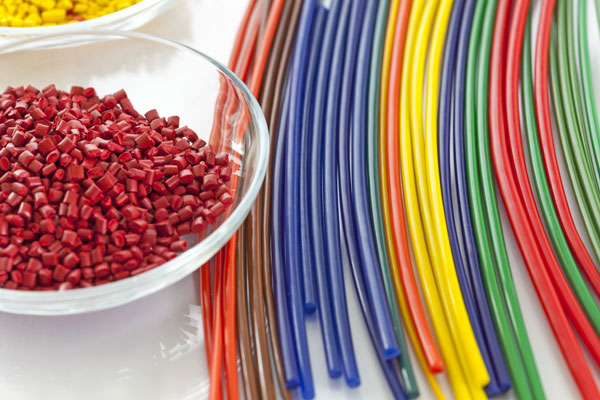
Raw pigment and color masterbatch are used for the same end, in that they are designed to color polymer products. Although they do the same thing, how they are made, shipped, and used creates a clear distinction in which masterbatch is often the winner.
Color masterbatch is created in pellet form, which is easy to move, manipulate, and store. Raw pigments come in powder form, which is not particularly fun or simple to manage. Color masterbatch, coming in pellet form, makes the manufacturing process much quicker and smoother. Saving time is saving money. This is just one of the many ways color masterbatch is superior to raw pigments.
Masterbatch is better than raw pigment for dispersion in polymer mixes. Color masterbatch is optimal for this type of performance. Raw pigments often do not disperse well without some assistance. This is another reason color masterbatch is a quicker and more effective way of coloring polymers and plastic.
Lastly, and most importantly, masterbatch provides better and more consistent colors in final products than raw pigment. For modern-day manufacturers, products need to work and look good, and most people like colors.